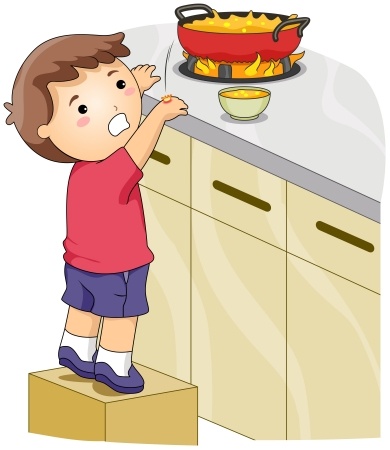 Burns remain among the most dreaded injuries treated by pre-hospital care professionals. They occur both in the home and workplace, tragically resulting in 195,000 deaths worldwide every year.
Burns remain among the most dreaded injuries treated by pre-hospital care professionals. They occur both in the home and workplace, tragically resulting in 195,000 deaths worldwide every year.
Did you know? Women in the SE Asia region have the highest rate of burns, accounting of 27% of global burn deaths and nearly 70% of burn deaths in the region.
Cooking and food preparation or clean-up are often a source of burns. Due to extremely high temperatures, many cooking methods can cause serious burns in less than a second.
Global trends show the following demographics to be most at risk of burns, with the top 3 causes being fire/flame (44%), scalds (33%) and contact (9%):
- Females
- Children 1-9 years old
- Low-Middle income countries
- Occupations that increase exposure to fire
- Underlying medical conditions
- Alcohol or drug abuse or smoking
- Use of kerosene as a fuel source
Singapore Trends
The Singapore Civil Defence Force found that of 2,125 cases of fires attended from Jan to Jun 2013, 1,541 cases (72.5%) involved residential premises, while 265 cases (12.5%) involved commercial, industrial, social and communal premises. Non-building fires (e.g. vegetation and vehicles) contributed to 319 cases (15.0%) .
A 2009 study by the Department of Plastic & Burns Surgery of Singapore General Hospital (SGH) revealed that the demographics of burn patients in Singapore were:
- 86.7% adults and 13.3% were children
- Mean admission age 35 years old
- Male:female ratio of 1. 9:1
- Foreign patients significantly younger than local patients
A significant proportion of children are admitted into hospitals from burn injuries and the following trends have been observed:
- Boys accounted for 62% of admissions
- Toddlers aged between one and two were most vulnerable with 26% admissions
- Children under three years of age accounted for 50% admissions
- The most common causes of injury were scalds (90%) and flame burns (6%)
What Happens When You Burn Yourself 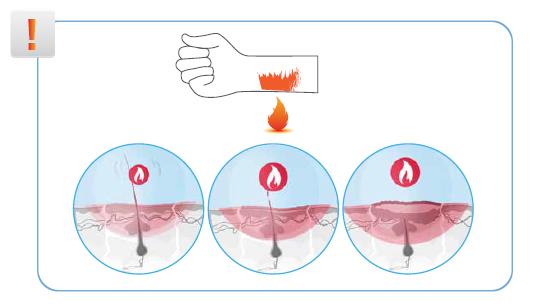
Burns are tissue injuries caused by excessive exposure to heat, flame, chemicals, electricity, or radioactivity. Burns can be classified as superficial, partial, or full thickness, depending on the amount of destruction. Burn depth is dependent on temperature, contact time with the heat source and the delivery medium (wet or dry). Burn effects can be both local and systemic and severity varies with many factors including:
- Duration of exposure
- Condition of victim’s skin
- Intensity of the agent, and areas of the body involved
Superficial burns are a result of human skin being heated to 40°C or greater. At 44°C, skin tissue can no longer tolerate the heat insult and cell protein begins to denature. This heat injury will progress in extension and depth penetration with wet heat traveling more rapidly into tissue than dry heat.
Temperatures over 60°C can result in vessel thrombosis and immediate cell death. At the site of burned tissue, toxic mediators are quickly activated by the body’s innate immune response. Excess mediators such as oxidants and proteases cause skin cell and capillary damage.
Consequently, burns can result in systemic shock and are a factor in the development of sepsis since micro-organisms flourish in the hypoperfused and disturbed tissue environment. Infection is a dangerous and common complication of serious burns, often leading to death.
Related Post: Scalds And Burn Treatment For Children
Home Treatment
Many Singaporeans may resort to home remedies for their burn injuries believing that it will help soothe the wound. However, they may further exacerbate the injury.
Some traditional myths to be debunked include:
- Butter: Butter keeps the heat within the wound and does not facilitate pain relief or healing. It also makes it difficult for a doctor to treat the burn later and can increase the risk of infection
- Toothpaste: Toothpaste is no longer sterile once it is unsealed and also increases the risk of infection
- Ice: The sudden drop in temperature may shock the victim and also damage the skin tissue, increasing the risk of infection and scarring.
Appropriate home treatment for minor first degree burns includes soothing lotions that contain aloe vera to burned areas to relieve pain and swelling.
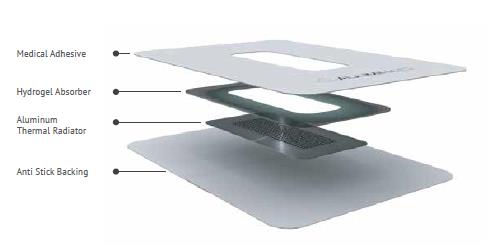 To minimize thermal tissue damage and for fast acting burn relief, try Aluminaid Burn Dressings.
To minimize thermal tissue damage and for fast acting burn relief, try Aluminaid Burn Dressings.
Aluminaid Burn Dressings are topical, non-surgical bandages that are part of a unique line of fast acting burn relief products designed to be kept around the home or workplace to relieve pain from first and second degree burn injuries. Aluminaid Burn Dressings withdraw heat directly from the burn into the burn dressing and once absorbed, the burn dressing emits the excess heat into the surroundings, instantly relieving pain.





































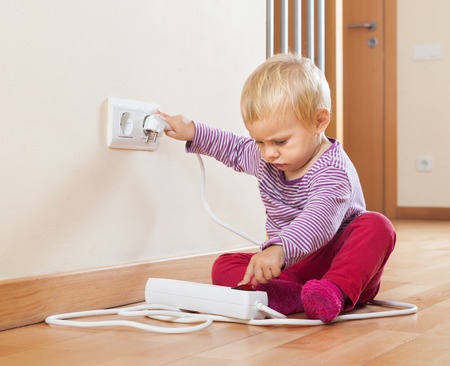
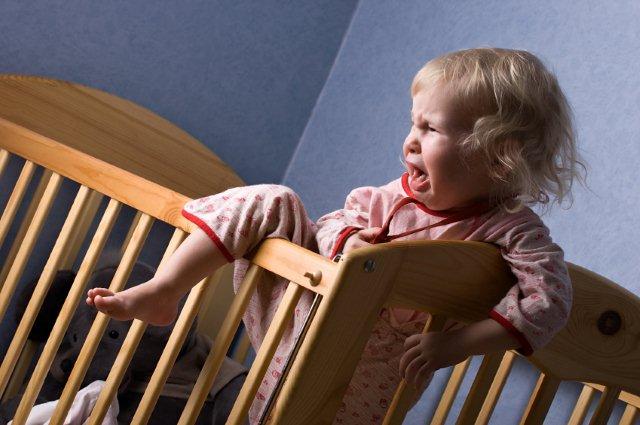
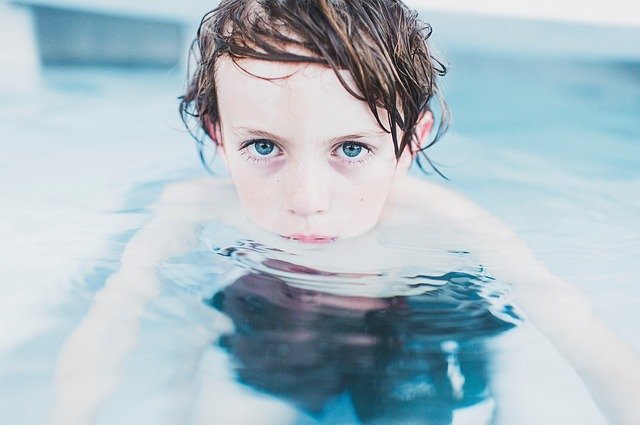
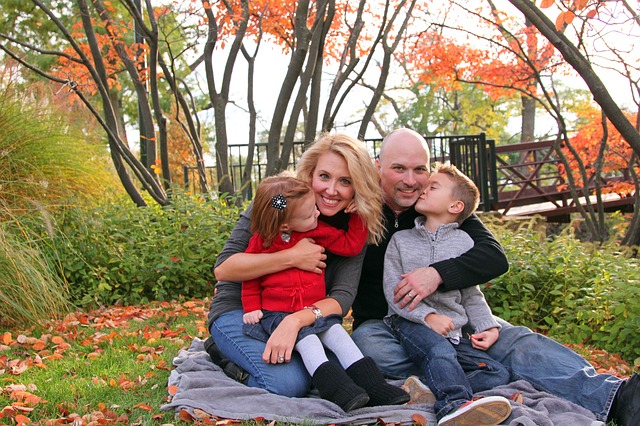


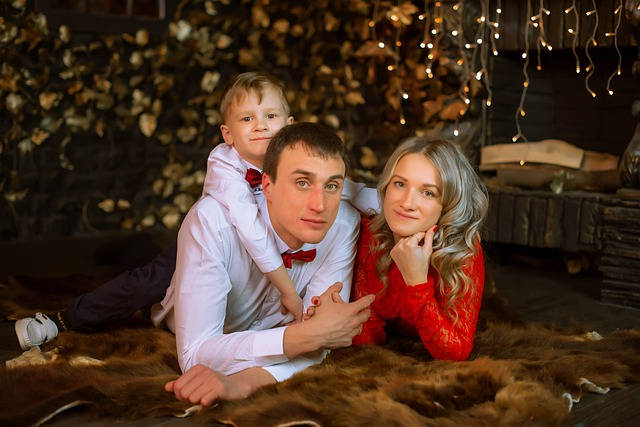
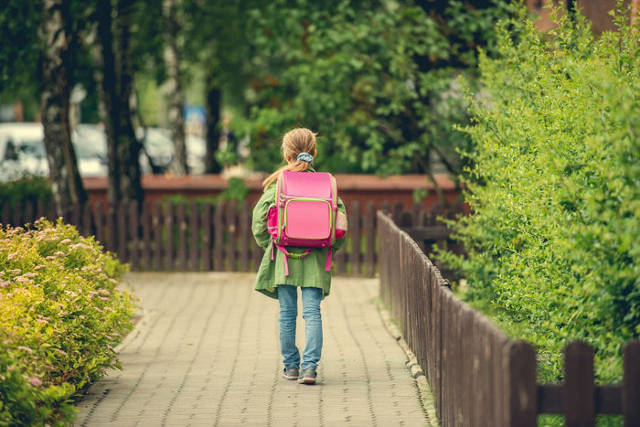


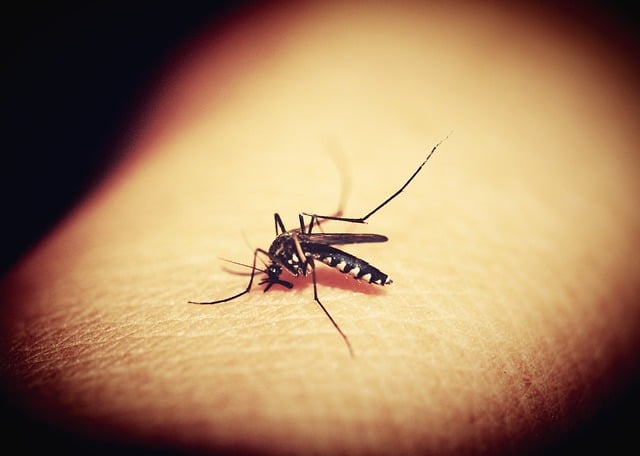









Leave a Comment: